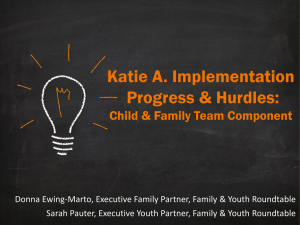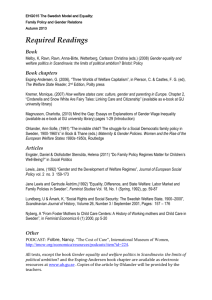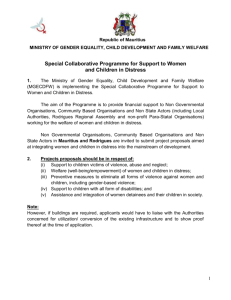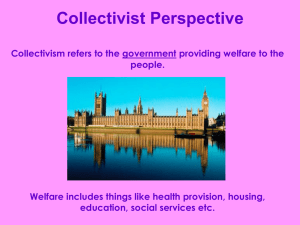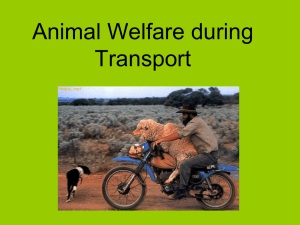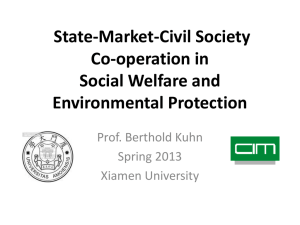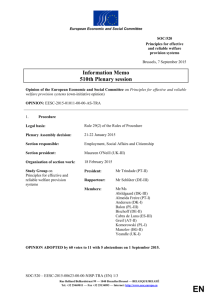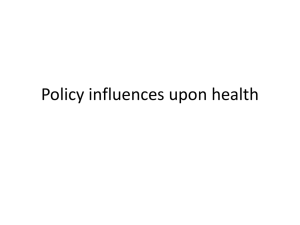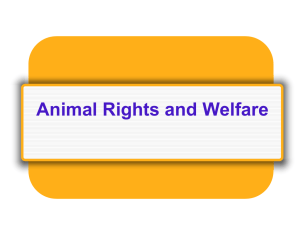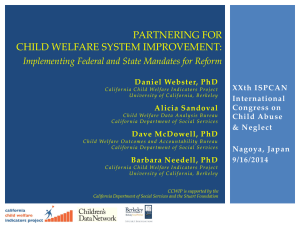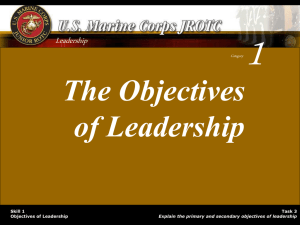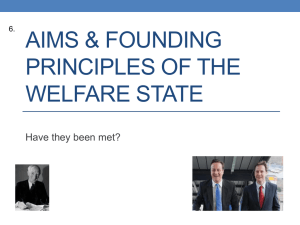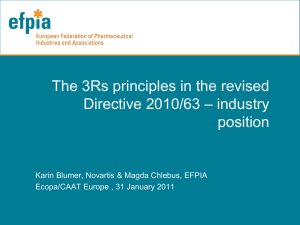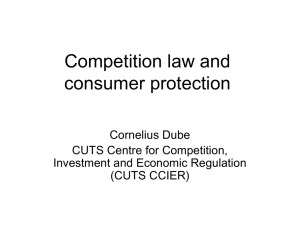How attitudes towards animals can influence animal welfare outcomes
advertisement
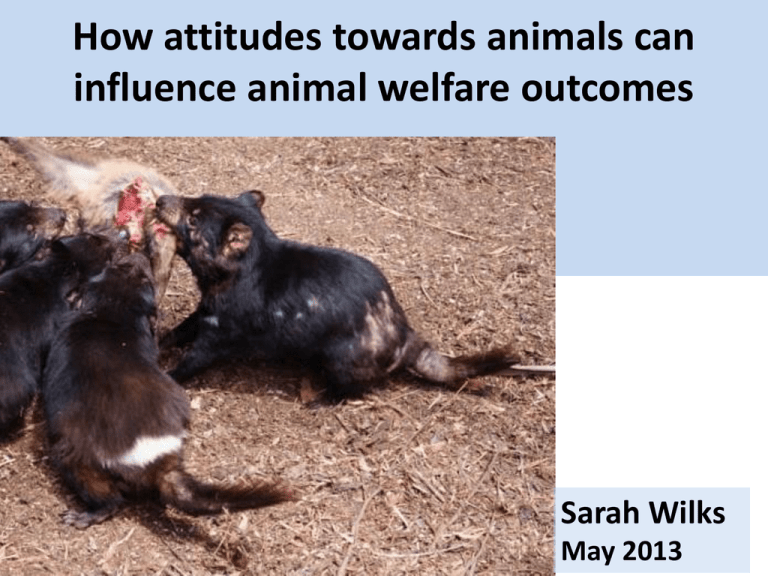
How attitudes towards animals can influence animal welfare outcomes Sarah Wilks May 2013 4 different life stories. During its interactions with people..... A: will be fed, vetted and sheltered & will suffer minimal distress during its life. Its death will be humane. B: was selectively bred to be functionally deformed & will suffer throughout its life due to this. Its life will be shorter than its wild-type relatives. C: has >50% chance of experiencing very severe distress during a shortened life. It will be fed and sheltered but will be confined & unable to express normal behaviours. D: will experience terror before/during death. It may suffer extreme distress for up to 2 days if poisoned, or for extended periods in a trap, or it may be shot (and perhaps wounded) Animal welfare • The physical and psychological well being of animals • Animal welfare science – Behaviour – Physiology • Other factors that may shape welfare outcomes – Attitudes towards animals – Special/vested interests Knowledge about how animals are treated • Pets: well known to most people • Farmed animals: generally poor • Distance (geography, complex supply chains) • Coping mechanisms (affected ignorance, dissimulative language) • Lab animals: some knowledge • Feral animals: blank spot • Special cases ≠ increased general knowledge but education can increase concern Attitudes towards animals • Gender • Occupation • Type of animal Animal Welfare Legislation: Overview • All States/Territories have anti-cruelty provisions (essentially “it is an offence to be cruel to an animal”) • Variations (which animals are covered etc) • Have provisions which in effect exempt certain practices although they are in fact cruel Get out of jail free cards 1. Subjective, qualifying words: “it is an offence to cause.... “ (‘unnecessary,’ ‘unjustifiable’ or ‘unreasonable’) “......pain (suffering/distress etc) to an animal” 2. Exceptions eg animals used in research or ‘feral’ or ‘pest’ animals 3. Codes of Practice Max penalty Yrs $K Fish cephalopod Crustacea for human consumption Undeveloped young ACT 2 22 Y Y Y N NSW 5 22 Y N Y- at place of sale/prep’n N NT 1 14 in captivity N Y- at place of sale/prep’n N Qld 2 100 Y May be prescribed N > Half gestational age foetus or pouch /egg young SA 4 50 N N N N Tas 1.5 26 Y N N N Vic 2 29 y Y (lobster, crab or crayfish only) > Half gestational age foetus or pouch /egg young WA 5 50 N N N N Codes of Practice (CoPs) • Tend to cover large scale/industrial settings inc. agriculture, pest control • Set out ways to do things to animals, operate in conjunction with the legislation • compliance shields against legal proceedings • minimum standard • outcomes vs prescriptive (Caulfied 2009) Factors affecting an animals’ welfare fate • Community knowledge (and expectations?) • Attitudes towards the ‘type’ of animal it is • Animal welfare law and policy – Is there a CoP – is it exempt for some reason ( + in some instances- conservation ideas) Changes needed? • Some animal welfare outcomes are out of step with welfare science & possibly out of step with community expectations • Present situation: values trade-off • Activism sometimes improves welfare • Money talks- buy high welfare products



